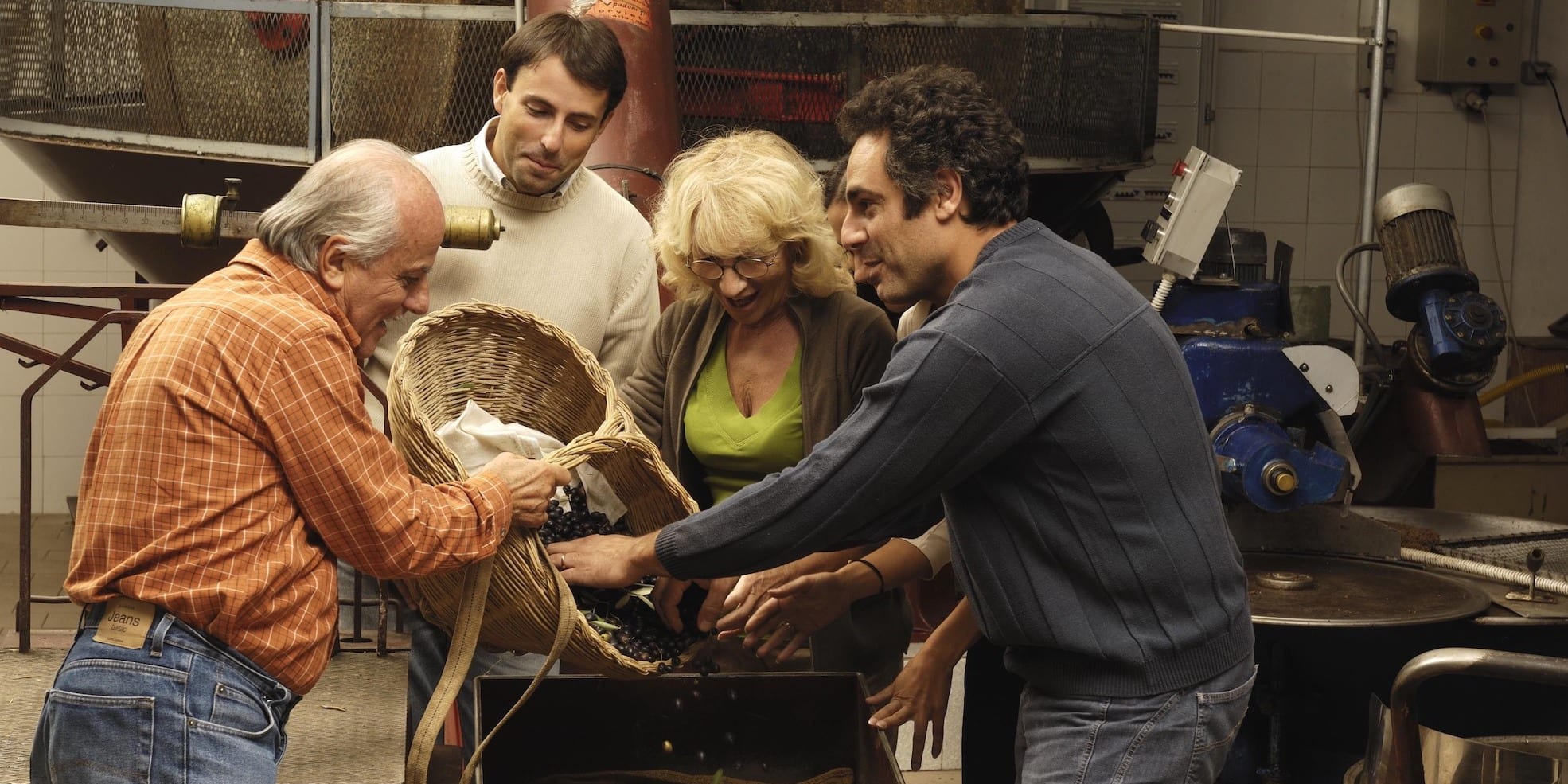
Lean thinking for the family business
WOMACK’S YOKOTEN – The author discusses the benefits that the many family businesses making up our economies can harness from embracing lean management.
Words: Jim Womack, Founder and Senior Advisor, Lean Enterprise Institute
My first encounter with the inner workings of value-creating organizations – more than 40 years ago – was through the automotive industry, where I began visiting car companies for research purposes in 1975. My first stop was General Motors, where modern management and wide public ownership were most deeply entrenched. GM had many problems but still towered over the industrial landscape and I soon concluded, erroneously, that this would be the dominant approach of world industry moving forward. All that was needed was to retrofit a bit of lean thinking and tools on top of the management system invented by Alfred Sloan around 1920 and perfected by General Electric through the time of Jack Welch.
At that point I viewed family-owned businesses – mostly utilizing traditional, small company management – as a vestigial phenomenon gradually being swept away on a modern tide, which was itself encountering the counter tide of lean management. So I never expected to visit or engage with family-owned businesses with traditional management and I gave them little further thought for 15 years. They were old-fashioned and on their way out.
To my surprise, one of the first firms to contact me after the publication of The Machine That Changed the World in 1990 was a large family-owned enterprise preparing for the transition to the third generation. And, in the years since, I have visited countless family-owned businesses, many in their third or fourth generations. In most countries they remain a substantial fraction of value-creating enterprises and GDP, particularly when including family-controlled firms with a substantial measure of public ownership. (For example, Ford, where the family created a special class of shares with special voting rights reserved for family members when Ford “went public” in 1956 and has managed to maintain control to the present.) Sum-up: I no longer expect family businesses to disappear.
For a long time this prospect seemed unfortunate. I commonly visited family firms experimenting with lean tools but practicing traditional “founder knows best” (often “father knows best”) top-down management. Every manager was judged on their relationship to the founder/owner rather than objective performance measures, there was no agreed method for improvement or for deploying strategic initiatives, and poorly-performing relatives popped everywhere. I began to think that the real purpose of these organizations was to create and maintain enough secure jobs for family members. This seemed to be rocky soil for sustainable lean transformations.
Over time, I have gradually changed my mind. I’ve concluded that the weakness of family firms is that they shuffle along with traditional management as long as they can but eventually shift to modern management as they grow or business challenges emerge. (See Jim Lancaster’s The Work of Management for the classic story of the shift between the first and second generations of family ownership, which involved a transition from traditional to modern management, until Jim discovered something better and leaner.) And family firms also struggle with what to do with the descendants of the founder, who often have very different skills and interests than the first generation and the colleagues who joined the founder to build the business.
However, if these firms can be converted to a lean management system with family members in roles that suit their skills, I believe they can have some real advantages, both competitively and for society. I described some of these in my June column about a second-generation family firm that is making the lean transition (from modern management in this case) and that has been able to defend its employees over the long term by creating more value for customers with less waste.
Let me suggest that lean thinking applied to family firms has three great benefits:
First, it provides avisible, transparent method for judging the effectiveness of all managers, including family members and the founder’s colleagues, as they strive to create basic stability in the areas they oversee, to steadily improve performance, and then to respond to additional needs for change and improvement identified by hoshin planning. This is achieved through daily management, A3 analysis, and annual hoshin cycles. Family members who are weak performers on these tasks can be coached by the improvement group to improve their performance or moved by the human resources group to areas, including board positions, where their performance is not so critical. And this is not special treatment for family members because all managers are being evaluated, coached, and assigned in the same way. This is a way to move beyond the family firm populated with relatives who don’t measure up but who have to plod along anyway, with no means to improve or find roles that suit their skills.
Second, lean managementprovides a system that doesn’t need to change with the generations or with new CEOs. Outsiders are often hired when a family deadlocks on succession or agrees that there are no suitable family members. This creates a risky situation when the family has no deep acquaintance with the firm’s management system or commitment to it and the new CEO feels the need, as most seem to, to make a mark on the organization with a new program or even a new management system. By contrast, family members who have been educated over extended periods in the lean management methods of daily management, kaizen, and hoshin, by directly practicing them from early in their careers, can be effective next-generation leaders. Or they can serve as board members who help steer a steady course toward the organization’s North Star over generations even if there are no management roles for them within the company.
Third, the introduction of lean management makes it easier for family businesses to take on the role of defending their employees through business cycles and crises. The leaders of public companies feel they simply can’t do this without being punished by short-term investors and private equity owners don’t plan to be around long enough to protect employees in any case. So this important social task is most easily performed by family firms with long time horizons and a sense of obligation to employees. However, family firms have often held back from employee protection because they have lacked a management system that steadily converts waste to value and permits the building of reserves for cycle and crisis endurance. Lean thinking and lean management focus first and foremost on the waste-to-value process that can create these reserves and makes stewardship of employees practical.
Years ago, after my first serious encounter with a family business, I remember telling a colleague, “family business (like the family farm) sounds like a great idea until you meet the family”. But I now think that most malfunctioning family businesses are not in that position due to faults with the idea of family ownership, with individual family members, or with bizarre family dynamics. Instead they founder, or survive with performance far lower than possible, due to the failings of traditional or modern management. But they can find new stability as enduring family businesses when lean management is introduced as the countermeasure.
So transforming family businesses mired in traditional or modern management, with family members miscast or unsupported in their roles, is an important area of lean practice going forward and a significant opportunity to improve the lives of owners and their colleagues as well as employees. I hope many members of the Lean Community, including a lot of young family members I have encountered in recent years, will rise to the challenge of applying lean thinking to the family firm.
THE AUTHOR

Read more


CASE STUDY – The transfer of a patient from one care setting to another is a delicate time. Insurance company SulAmérica has used its extensive lean experience to improve transitional care, and here’s how they did it.


INTERVIEW – In this interview, the former CFO of uber-lean company Wiremold explains why our finance people hold the key to our transformation and gives us the lowdown on lean accounting.


FEATURE – The role of experts in lean thinking is often the subject of heated discussions. Here, Michael Ballé tells us about the common mistakes lean experts make, and explains why – before helping others – they should help themselves.



THE LEAN BAKERY – In the last episode of our video series, we learn how 365 is using an impressive visual management system to manage the accounting and human resources functions.

